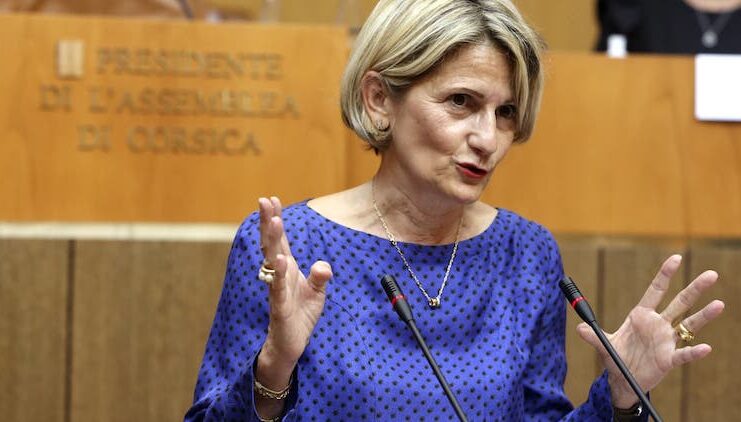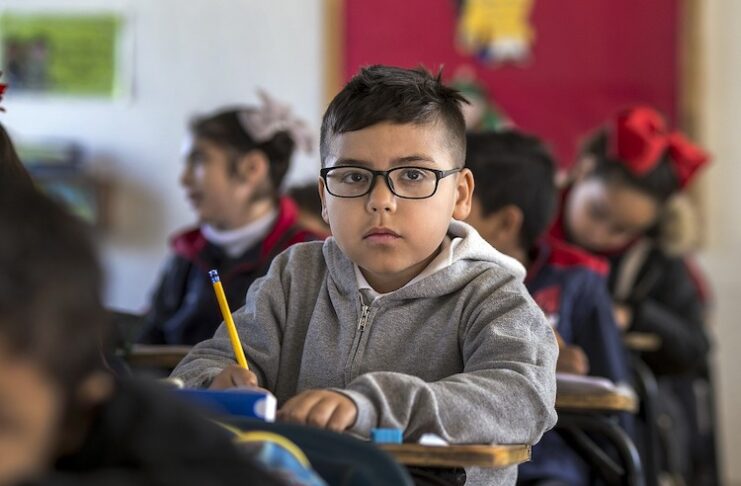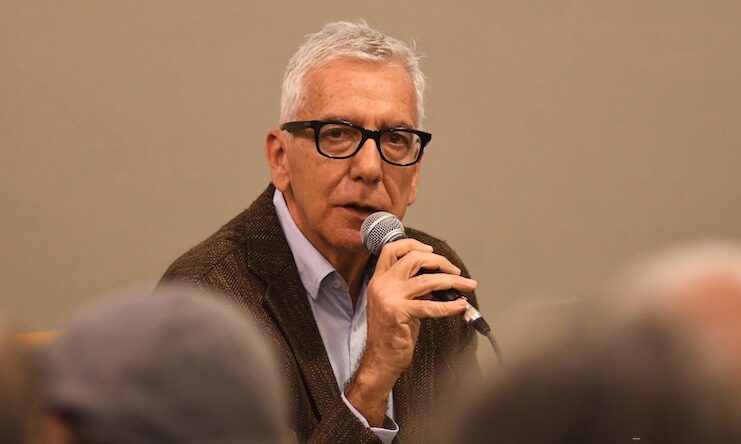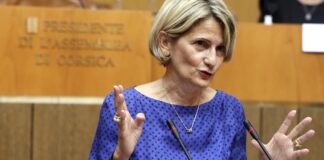Strategizing the employment allows to take advantage of all rapidly emerging and disappearing opportunities, to reduce uncertainty and fend off different threats. According to Professor Vladimir Kvint’s theory and methodology of strategy[1], to build an effective strategy, it is necessary to harmonize the interests of all stakeholders, identify global, national and regional trends, strategic priorities provided by competitive advantages.
The post-Covid crisis may be characterized by several global, national and regional trends affecting the population employment. One may divide them into following groups according to their genesis and main channel of impact on the employment characteristics.
Demographic:
- working-age population decrease.
The mortality increase and the decline in the birth rate exacerbated the natural population decline in several countries[2]. At the same time, the influence of migration growth, which traditionally used to compensate the negative influence of natural population decline on the total population growth, becomes insignificant due to the decreasing inflow of labor migrants from abroad[3].The decrease in labor resources demand, which followed the introduction of full or partial lockdowns, was accompanied by a decrease or even a full suspension of the labor inflow, due to restrictive governmental policy considering exit from and entry into countries[4]. This changed both the quantitative and the qualitative characteristics of the labor supply, which entailed both positive and negative economic consequences[5].
Social:
- growth of social alienation associated with fear of infection;
- decrease in motivation to work, caused by the growth of social guarantees and government payments in countries with developed social support;
- a decrease in motivation to obtain a professional education due to the uncertainty in different activity spheres and economy in general[6].
Economic:
- increased uncertainty in economic development;
- growing differentiation of the population depending on the development of digital skills and the possibility of their application in work;
- the emergence of new forms of employment and transformation of traditional forms to new ones;
- reduction of industries that do not provide social guarantees to employees;
- decrease in the attraction of migrant labor due to the closure of state borders;
- changes in production-supply chains;
- changes in consumer preferences and product demand;
- population income reduction.
An important class of the qualitative and quantitative methods in the employment strategizing process is based on the behavioral economics theory, which makes it possible to analyze the ongoing processes and predict their consequences more correctly in a pandemic and after it.
The first behavioral models concerning working effort and wages choice (efficiency wage models) appeared in the 1980s[7][8]. The basic efficiency wage model implies that, so long as the effort curve is fixed, the real wage paid by firms is absolutely rigid and does adjust downward during recessions or when there is excess labor supply, which was especially evident in the Covid-19 period. The behavioral basis of such models is formed by assumptions about the motivation of workers and the need for a noticeable gap between their satisfaction with their jobs and being unemployed. Otherwise, according to the theory of effective wages, the threat of dismissal is ineffective in eliciting effort. At lower wages, workers are nearly indifferent between working and being unemployed, and therefore have little incentive to choose higher levels of working effort. This is one of the obstacles to attract labor resources in countries with high social protection and guarantees, since many potential workers prefer to receive high unemployment benefits rather than work. This theory is partly based on the application of the classical conception of Kahneman and Tversky’s perspective theory[9]–reference-dependent preferences – to the labor market. Workers may perceive thewage as unfair if it is understood as being low relative to wage expectations, providing a rationale for firms to fire workers instead of lowering wages to preserve high levels of effort among the employed. In contrast, at higher wages, the psychology of gift exchange becomes relevant, as workers supply additional effort to reciprocate for the employer’s willingness to pay more than the minimum possible[10].
New working conditions caused by the need for self-isolation have led to new (self-)control problems. If the working efforts were easy to observe, control and measure, firms would be expected to use contracts with prescribed amounts of effort in addition to the number of hours worked.
However, the very fact of observation and control changes the labor supply of workers – this is postulated by Harvey Leibenstein’s X-efficiency theory[11]. Since workers regard being monitored by managers asаmanifestation of distrust, they tend to respond to it by shirking(i.e., supplying a lower level of effort along any dimension over which the worker enjoys discretion). According to X-efficiency theory, as monitoring and sanctions against low-effort behavior increase, two opposing results follow. On one hand, the minimum feasible level of effort (chosen by workers hostile to the management) rises because the threshold at which monitors intervene and sanctions go into effect is set to be more sensitive to shirking thus pushing workers to supply increased levels of effort. On the other hand, the opposite effect consists in decrease in voluntary effort chosen by workers from within their discretionary bounds. This leads to the result that there is typically a wide range of effort levels over which no response from management forthcoming (like change in wage or disciplinary response). Thus, other factors – such as other workers’ attitude or workplace norms – determine whether high or low levels of effort are chosen from within workers’ discretionary bounds.
The increased influence of behavioral biases on labor productivity may be found in the labor markets of developing countries. The primary market features causing them are high levels of informal or temporary employment and self-employment. Given the weakness (or even full absence) of direct or indirect supervision and control, the consequences of worker self-control problems lead to particularly noticeable consequences in terms of the chosen production behavior (and therefore labor productivity). An employee, who has no formal employment contract with prescribed job duties and punishments as well as some punishment implementation mechanisms, will highly likely not face the same consequences of disciplinary violations (delays, absenteeism) – compared to an employee with a fixed schedule and a supervising manager.
Self-control problems fundamentally change the nature of hiring process, as its sides (both employer and employee) have may be interested in encouraging the employee to supply more working effort. Moreover, employers tend to design contracts that mitigate self-control problems, even if the employee misjudges his ability[12]. In addition to behavioral biases based on the reference dependency-based and loss aversion[13] (going back again to Kahneman and Tversky’s prospect theory[14]), the influence of such effects as inequality aversion[15] and the social norms influence is very significant[16].
Solving the problem of strategizing the population employment, considering demographic and behavioral aspects, leads to an essential increase not only in the efficiency of labor resources use, but also in human potential, motivation and labor productivity, as well as to improvement of the education and health care systems and economic and social uncertainty reduction.
*Irina V. Novikova
Dr. of Science, Economics, Professor at the Department of Economic and Financial Strategy
of the Moscow School of Economics, Lomonosov Moscow State University, and Leading Researcher Fellow of the Strategic Studies Center at the Institute of Complex Systems Mathematical Research Lomonosov Moscow State University.
*Sergey A. Vartanov
Cand. of Science, PhysMath, Associate Professor at the Department of Econometrics and Mathematic Models of Economics of the Moscow School of Economics, Lomonosov Moscow State University, and Head of Experimental Economics and Game Theory Laboratory at School of Economics and Management, Far Eastern Federal University
*Victoria P. Tyshkevich
Ph.D. in Economics, Associate Professor at the Faculty of Mechanics and Mathematics, Deputy Vice-Rector Lomonosov Moscow State University
[email protected]
[1] Kvint V.L. Development of Strategy: Scanning and Forecasting of External and Internal Environments. AdministrativeConsulting. 2015;(7):6-11. (In Russ.)
[2]Birth rate, mortality, natural growth, marriage, divorce rates for January-November 2020 (Коэффициентырождаемости, смертности, естественногоприроста, браков, разводовзаянварь-ноябрь 2020 года). Federal State Statistic Service oftheRussianFederation. URL: https://rosstat.gov.ru/storage/mediabank/H6naDXZa/t1_2-11.xlsx.
[3]Summary of key performance indicators on the migration situation in the Russian Federation for January-November 2020.(СводкаосновныхпоказателейдеятельностипомиграционнойситуациивРоссийскойФедерациизаянварь – ноябрь 2020 года). MinistryofInternalAffairsoftheRussianFederation. URL: https://мвд.рф/Deljatelnost/statistics/migracionnaya/item/22236053/.
[4]Tertrais B. Covid-19 et démographie: à quoi faut-il s’attendre? // Institute Montaigne, 21.04.2020. URL: https://www.institutmontaigne.org/blog/covid-19-et-demographie-quoi-faut-il-sattendre.
[5]Socio-political situation and demographic development of the Russian Federation in 2020. Russian society and the state in the context of a pandemic. (Российское общество и государство в условиях пандемии. Социально-политическое положение и демографическое развитие Российской Федерации в 2020 году). Ed. Osipova G. V. et al. Moscow, FNISTC RAS, 2020.
[6]New anxiety. How people’s psyche changed during the pandemic (Новаятревожность. Как изменилась психика людей во время пандемии). FoundationofPublicOpinion. K-DIGEST, 20.11.2020. URL: https://covid19.fom.ru/post/novaya-trevozhnost-kak-izmenilas-psihika-lyudej-vo-vremya-pandemii.
[7] Shapiro, Carl, and Joseph E. Stiglitz. 1984. “Equilibrium Unemployment as a Worker Discipline Device.” American Economic Review 74: 433–44.
[8]Akerlof, George A. 1982. “Labor Contracts as Partial Gift Exchange.” Quarterly Journal of Economics 97: 543–69.
[9] Kahneman, Daniel; Tversky, Amos (1979). “Prospect Theory: An Analysis of Decision under Risk”. Econometrica. 47 (2): 263–291.
[10]Akerlof, George A. 1982. “Labor Contracts as Partial Gift Exchange.” Quarterly Journal of Economics 97: 543–69.
[11]Leibenstein, Harvey. 1986. “Intra-firm Effort Decisions and Sanctions: Hierarchy Versus Peers.” In Benjamin Gilad and Stanley Kaish, eds., Handbook of Behavioral Economics, A:213–31. Greenwich, CT: JAI Press
[12]Kaur, Supreet, Kremer, Michael, Mullainathan, Sendhil, 2010. Self-control and the development of work arrangements. The American Economic Review 100 (2), 624–628.
[13] Dunn, L.F. 1996. “Loss Aversion and Adaptation in the Labor Market: Empirical Indifference Functions and Labor Supply.” Review of Economics and Statistics 78: 441–50
[14]Kahneman, Daniel; Tversky, Amos (1979). “Prospect Theory: An Analysis of Decision under Risk”. Econometrica. 47 (2): 263–291.
[15] Fehr E., Schmidt K. M. A theory of fairness, competition, and cooperation //The quarterly journal of economics. – 1999. – Т. 114. – №. 3. – С. 817-868.
[16]Breza E., Kaur S., Krishnaswamy N. Scabs: The social suppression of labor supply. – National Bureau of Economic Research, 2019. – №. w25880.





















